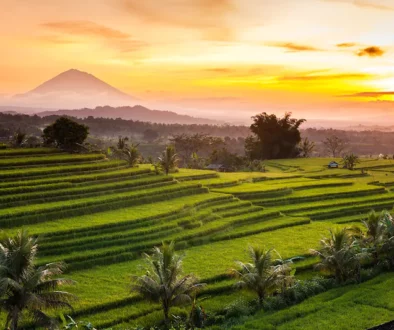Sacred Himalayan Landscape – Nepal: Strategic Plan 2006-2016
Nepal Government’s Ministry of Forests and Soil Conservation2006
A strategic plan promoted by the Nepal Government’s Ministry of Forests and Soil Conservation aimed at nature conservation in an area of 39,00 km2 in the eastern Himalayas covering parts of Nepal, India (states of Sikkim and Darjeeling) and Bhutan. This area has extraordinary natural (the world’s highest mountains rising to over 8.000 m), cultural (population of over 5 million people speaking 40 languages) and spiritual (various combinations of Buddhism, Hinduism and local spiritual traditions) values.
The plan takes into account the cultural and spiritual values of the landscape of the Himalayan mountains, considered sacred by their inhabitants, and adopts a holistic standpoint aimed at conserving all types of values, natural as well as spiritual. It vision can be summarised as follows: a Himalayan landscape in which the biological and cultural values of the world’s highest mountains and deepest valleys are safeguarded, but which at the same time guarantees the rights of the local population regarding local resources and maintains and improves their means of subsistence.
The application, monitoring and evaluation of the plan contain three scenarios depending on how the dominant tendencies evolve. Most of the information on biodiversity comes from the extensive information provided by an unpublished document containing a biological evaluation of the sacred Himalayan landscape carried out by the WWF Nepal.
Reference
Sacred Himalayan Landscape – Nepal: Strategic Plan 2006-2016. Kathmandu, Nepal: Ministry of Forests and Soil Conservation, 2006.




